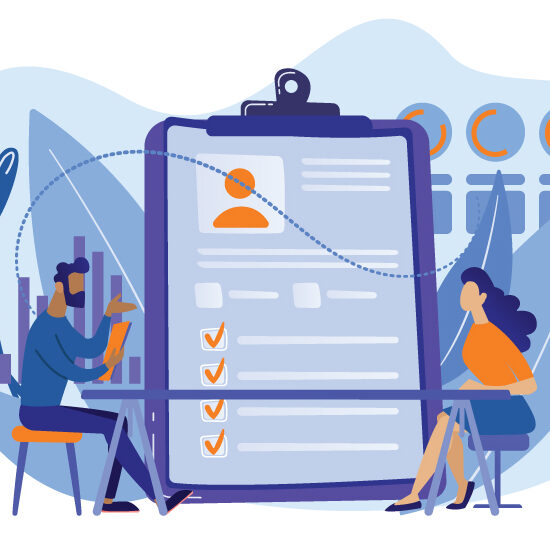Many organizations spend a significant amount of time and money on annual raises and performance reviews without seeing a clear return on investment. Team members often feel they are unfairly evaluated rather than viewing a performance review as an opportunity for improvement. On the other hand, team leaders frequently complain that the review process consumes too much valuable time.
A business management system that includes tools for performance management addresses many of the complaints about the performance appraisal process. These tools provide performance-based metrics for performance reviews. Established metrics help team leaders provide feedback that team members are more likely to accept.
What are Performance Management Tools?
Performance management tools are software utilities used for HR functions related to individual performance. They provide consistent data about accomplishments, allowing all team members to be evaluated on the same basis. In organizations that don’t use performance management tools, there is usually a perception that some managers give better reviews than others. Using standard metrics and ratings provided by performance management software helps minimize differences in appraisals across teams.
What are the Purposes of Performance Management Tools?
A performance appraisal is used to assess a team member’s productivity and effectiveness in meeting assigned goals. Performance management software tools help managers consistently track performance throughout the year to apply a consistent standard to each appraisal. This helps managers know which team members should be awarded or corrected.
According to the Society for Human Resource Management (SHRM), the performance tools in a business management system should satisfy these purposes:
- Identify team members who deserve promotions or new assignments.
- Provide legal documentation.
- Hold poor performers accountable.
- Provide data for retrospective analysis.
These tools should also support developmental purposes such as identifying training needs and providing career guidance.
Setting Your Team Up For Success
At the end of the day, the purpose of performance reviews and project management tools is to create a productive, efficient work environment. People do their best work when they feel confident and appreciated; regular feedback and coaching moments are key to creating this kind of environment.
Annual reviews are an important part of streamlining a team’s efficiency, but they shouldn’t be pulling all the weight. Project managers should be coaching and investing in the growth of each of their team members as needed. When done in a positive, considerate manner, this tactic creates a welcoming and productive work environment. Consistent communication also better equips managers to give fair, accurate annual performance reviews.
How to Streamline Your Annual Performance Reviews
As for annual performance reviews, they don’t need to be a point of dread and stress. By streamlining them with the help of a business management system, you eliminate a lot of the guesswork and create a more uniform process.
Here are some ways the right business management system can help you streamline your annual reviews:
- Business management software keeps all tasks in one place and lets you maintain records of feedback given and received throughout the year.
- Most offer user-friendly annual performance report structures you can easily customize to fit your needs.
- They cut down on the hours needed to prepare and schedule a performance review; simply customize, then assign to all pertinent team members.
The performance tools in a business management system can track each team member’s contribution, determining the quality of work, the amount of revenue delivered, and other criteria. For team members who do not meet expectations, data can be used to show them where they should focus on improving. All of these features help streamline your annual performance reviews.
Accountability and Consequences
Overall, one of the most important purposes of performance management is accountability. According to SHRM, “Accountability stems from making initial expectations clear, monitoring progress, providing feedback, and following through on consequences, both positive and negative…Without follow-through, accountability cannot improve, even if the other elements of performance management are sound.”
Instead of spending time and money on performance reviews that are viewed as ineffective by both management and team members, an effective business management system can streamline the performance review process while adding value to employee development and coaching activities.




